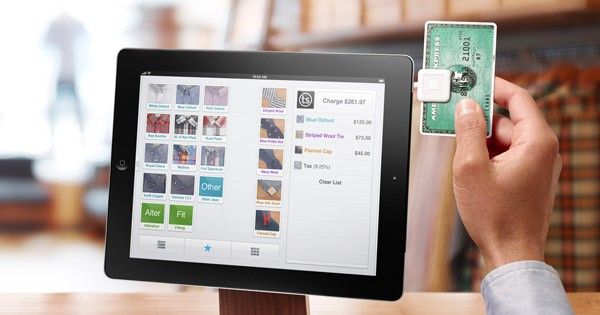Stay connected
Subscribe to our Inside WEX blog and follow us on social media for the insider view on everything WEX, from payments innovation to what it means to be a WEXer.
"*" indicates required fields

At the intersection of the rise in credit and debit card use by consumers and the increased technology in mobile devices like tablets and cell phones, mobile payments has been on the rise. However, looking to the other side of the counter, there has been another trend on the rise: The mobile point-of-sale (mPOS).
Merchants have long desired to find new ways to accommodate customers who prefer using cards to cash, and for small businesses, the mPOS has become the easiest way to bridge the gap.
The history of mPOS dates farther back than many would think. Sixteen years ago, the ‘golden age of the PDA’ gave rise to the first limited use of the mPOS, created by Infinite Peripherals. Although bulky and difficult to use, the first mPOS platform started the concept, which was expanded with the introduction of the iPod 3 and brought into mainstream popularity for single-unit businesses by Square.
Now, the market exists for two distinct groups, according to Infinite Peripherals founder Andy Graham.
“The mPOS ecosystem is now changing as it bifurcates between two user categories. For small merchants and retailers mPOS functions as a low cost card acceptance system. For larger already to scale players, on the other hand, the technology exists as another tool in their “customer-convenience” tool box.”
Looking forward, the mPOS market continues to become a battleground, broken into six categories by the monthly PYMNTS mPOS tracker® report:
For the full list of providers pursuant to August 2015, read the entire mPOS tracker from PYMNTS.
On the horizon for platforms, merchants, and consumers, a few trends stand out:
With the continued drive to mobility, mPOS adoption could change how businesses interact with customers, causing a new way to think of customer service, supply chain, and payments.
See how mobility is reshaping the market in some of the latest WEX blogs:
Subscribe to our Inside WEX blog and follow us on social media for the insider view on everything WEX, from payments innovation to what it means to be a WEXer.
"*" indicates required fields